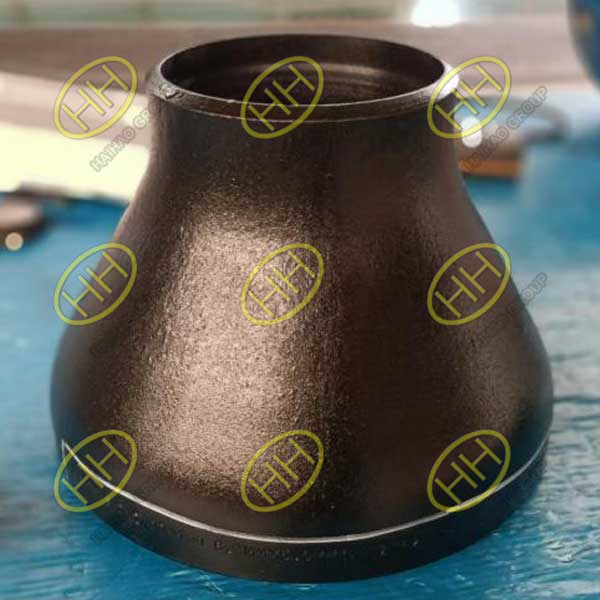Understanding the difference between concentric and eccentric reducers
Reducers are essential components in pipeline systems, enabling the connection of pipes with different diameters. Two common types of reducers are concentric reducers and eccentric reducers. Though they serve a similar purpose, their structural differences make them suitable for distinct applications.
Structural Differences
Concentric Reducers
Design: Both ports are aligned along the same central axis, creating a symmetrical cone shape.
Plane Alignment: The ends of the reducer lie in the same plane.
Appearance: Smooth, tapering transition without any offset between the larger and smaller ends.
Eccentric Reducers
Design: The ports are offset, meaning their centers are not aligned, resulting in an asymmetrical shape.
Plane Alignment: The smaller end lies flat against the larger end, creating an offset between the two ports.
Appearance: One side is flat, while the other side slopes downwards.
Application Scenarios
Concentric Reducers
Use in Vertical Pipelines: These reducers are ideal for connecting pipes in vertical systems, such as risers.
Suitability for Gases and Free-Flowing Liquids: Due to their symmetric design, concentric reducers minimize turbulence, making them suitable for applications requiring uninterrupted and smooth flow, such as gas transport or high-volume liquid systems.
Flow Characteristics: Their design ensures equal distribution of pressure and velocity, which is critical for certain process industries.
Eccentric Reducers
Use in Horizontal Pipelines: These reducers are commonly used in horizontal pipelines, especially near pumps’ suction and discharge lines.
Prevention of Air and Liquid Trapping: The flat side allows air to vent out or liquid to drain, reducing the risk of cavitation in pumps.
Ease of Maintenance: Their structure facilitates system startup, drainage, and routine maintenance in liquid pipelines.
Both concentric and eccentric reducers play vital roles in pipeline systems. The choice between the two depends on the specific application, pipeline orientation, and flow requirements. Concentric reducers are ideal for vertical systems requiring smooth flow, while eccentric reducers are indispensable for horizontal pipelines, especially near pumps. Selecting the right reducer ensures system efficiency, safety, and longevity.
For expert guidance and high-quality reducers, Haihao Group offers a range of solutions tailored to your pipeline needs. Email:sales@haihaogroup.com


